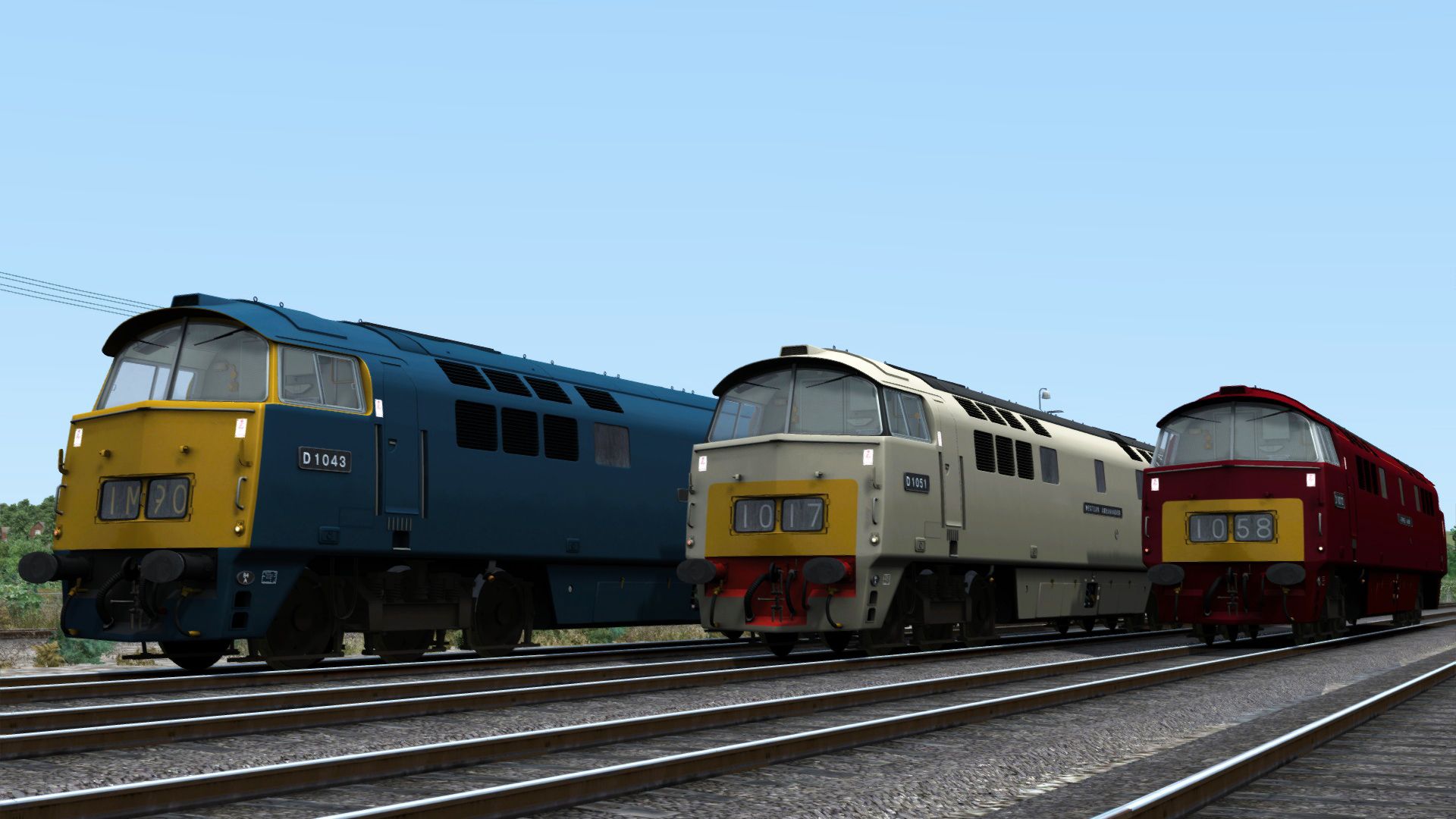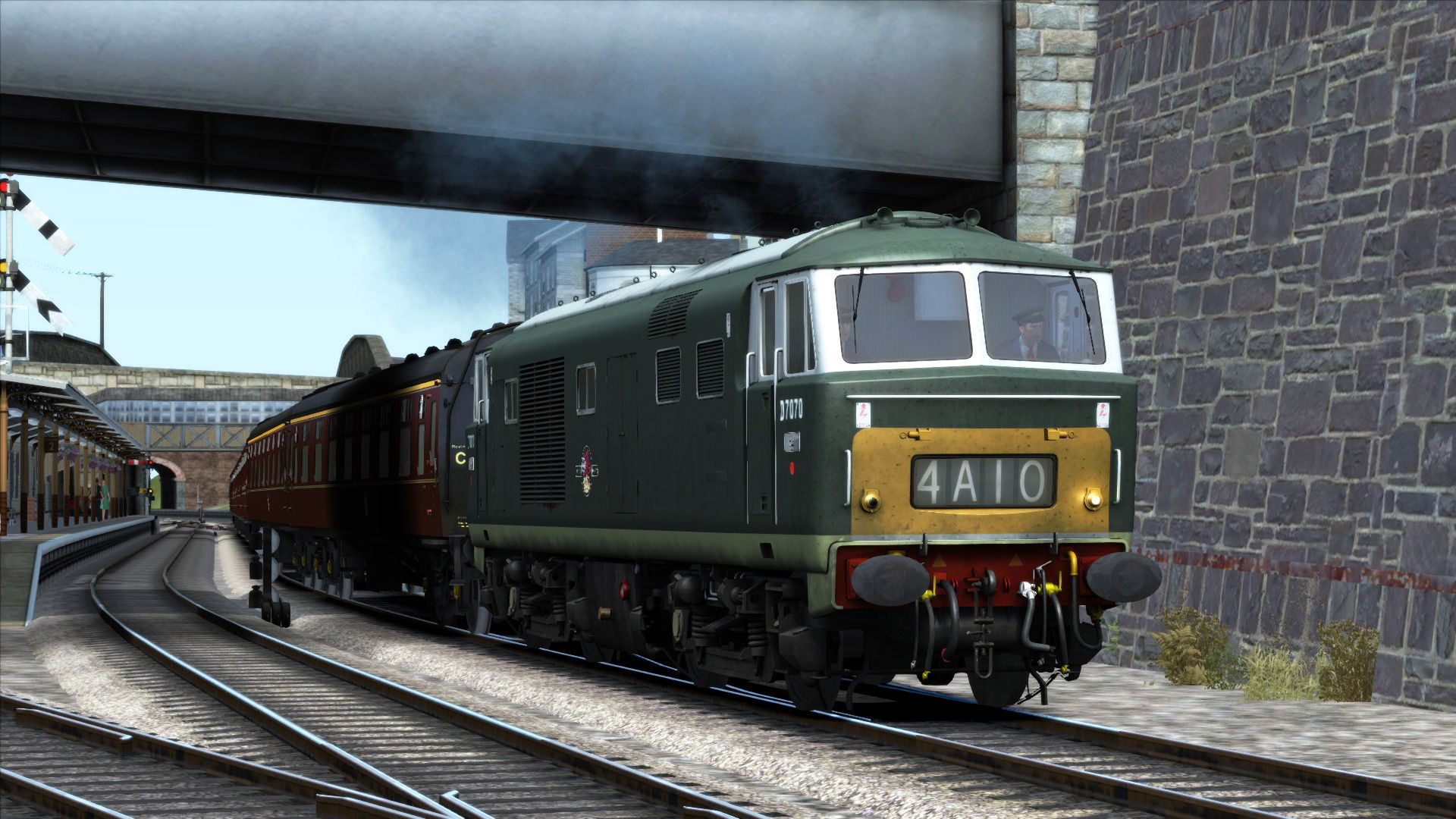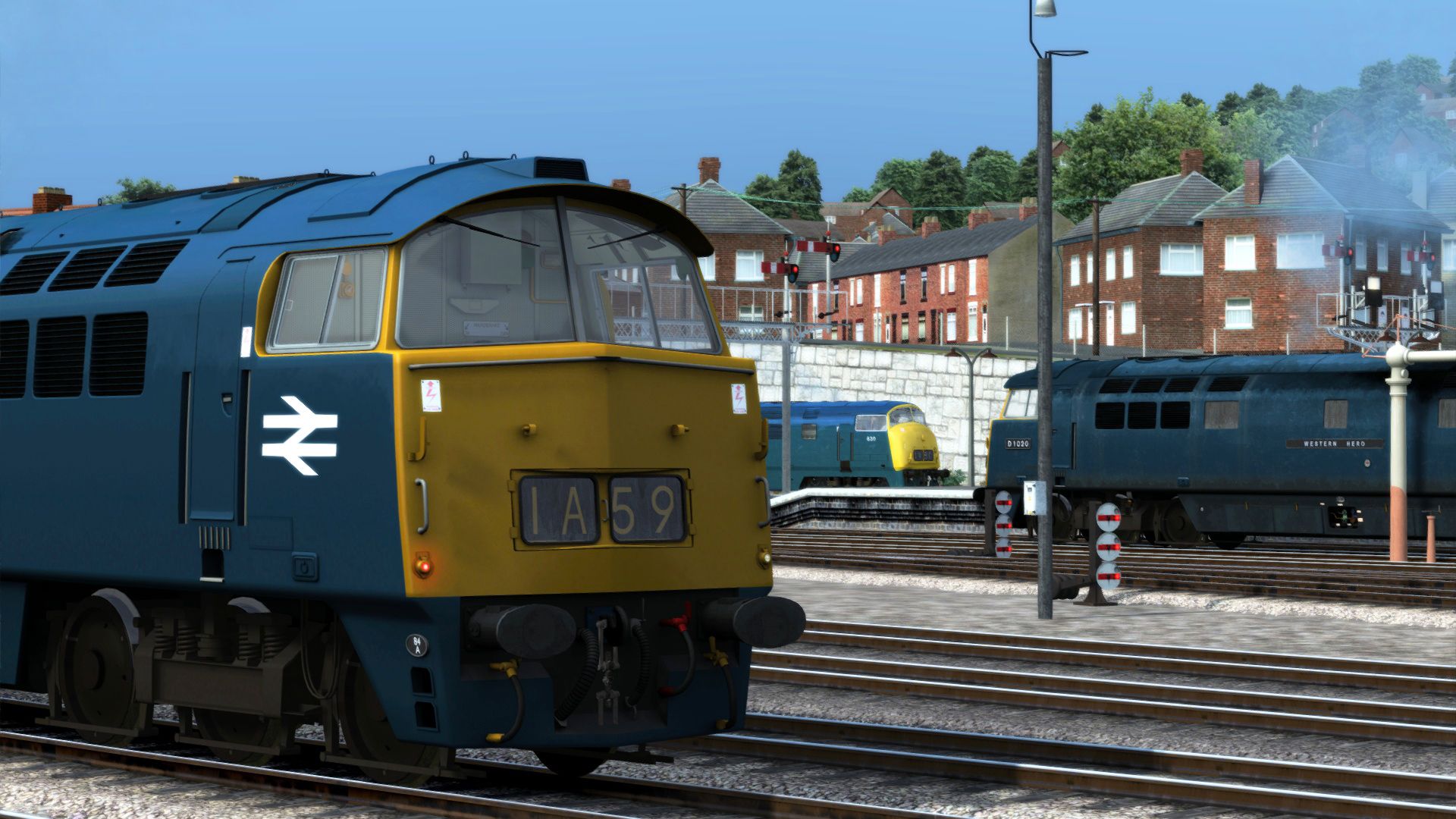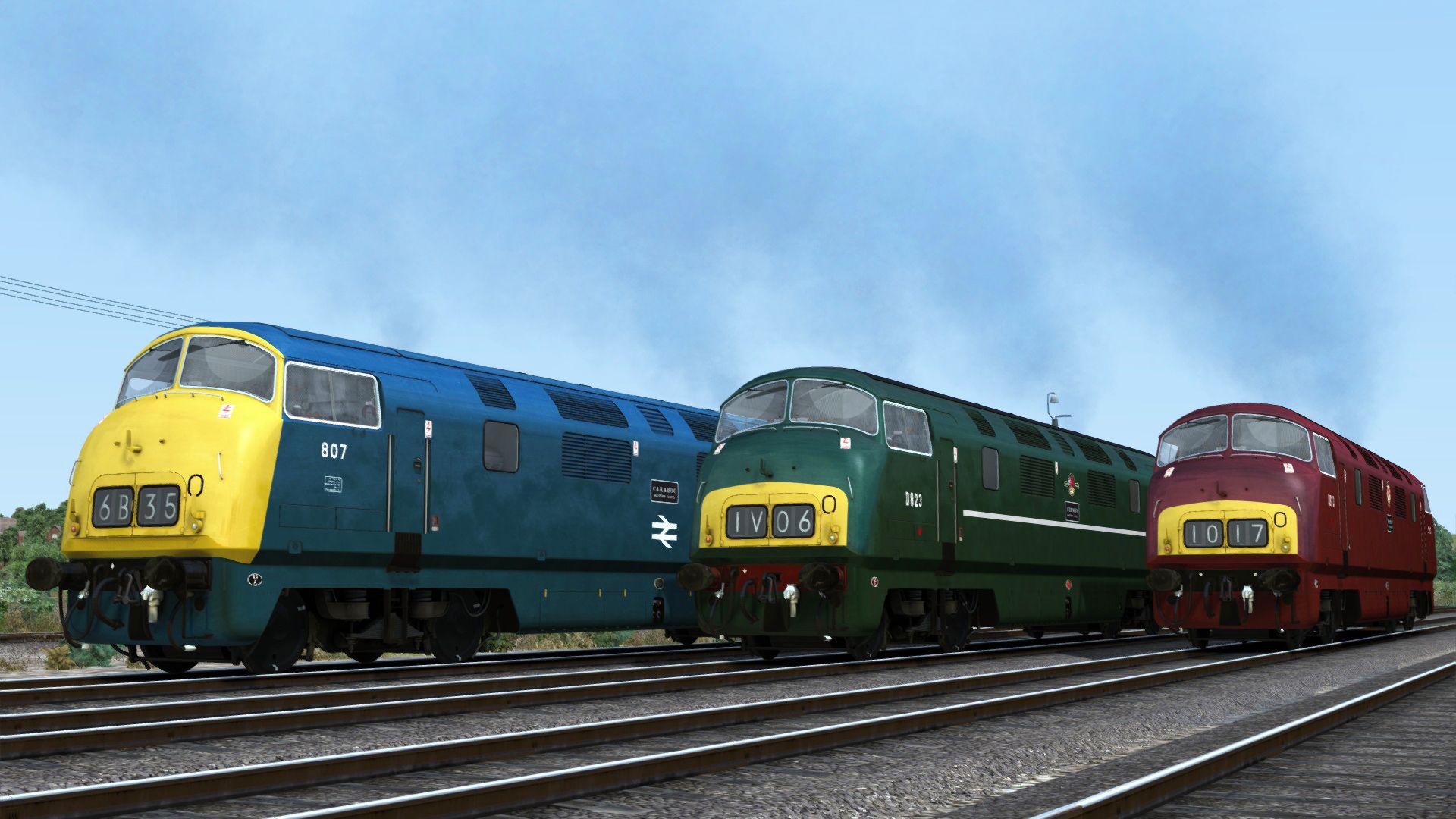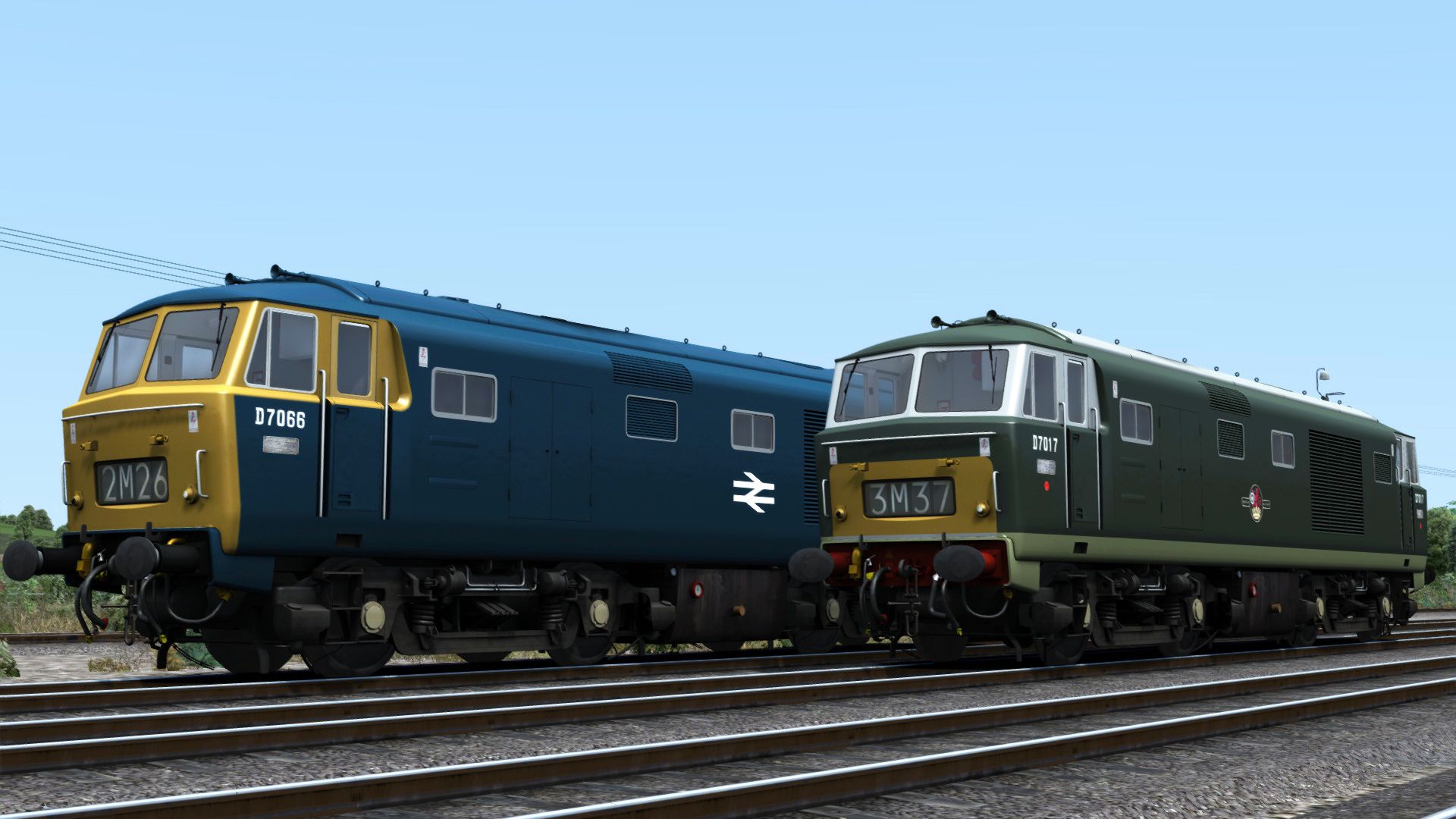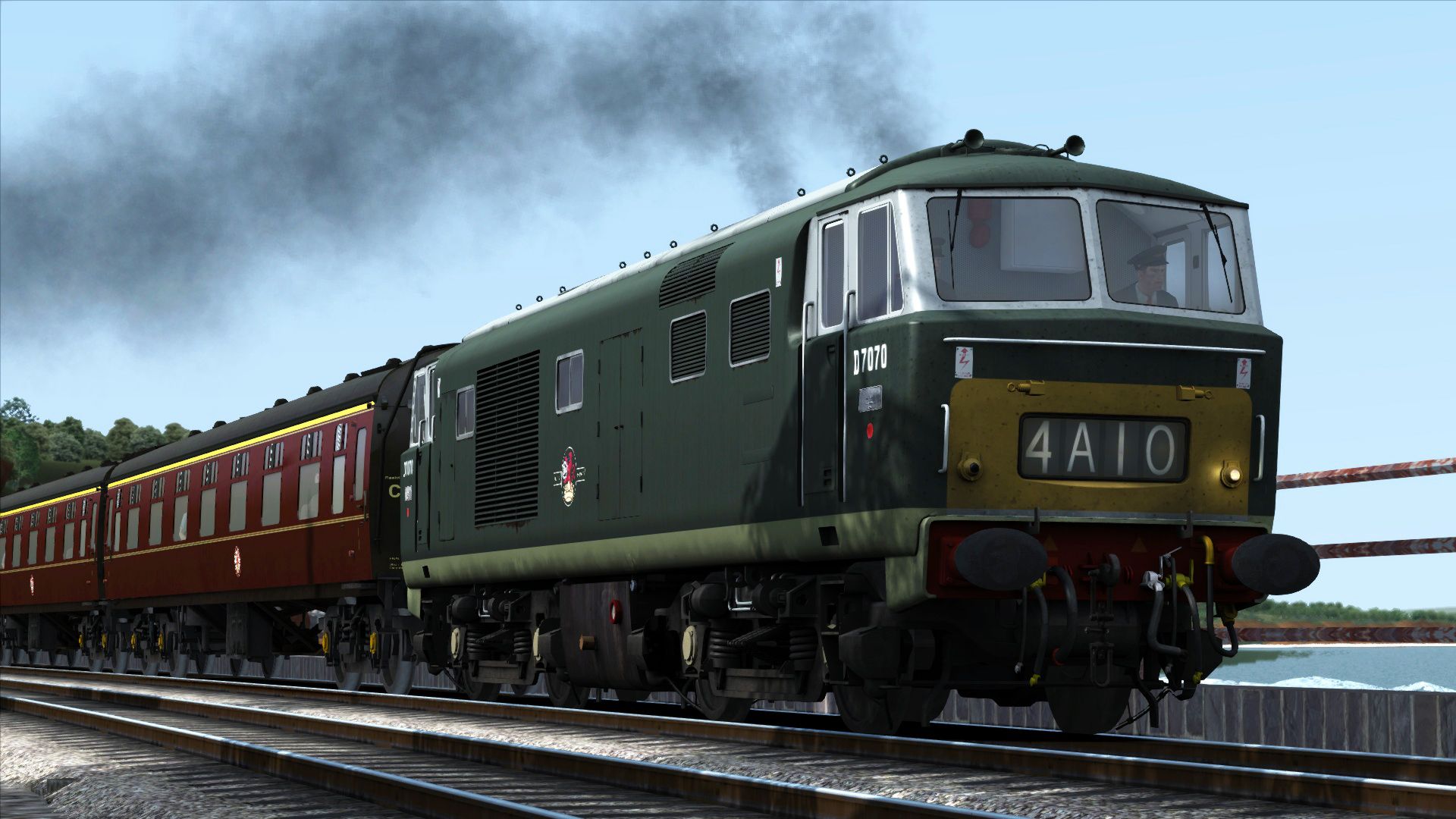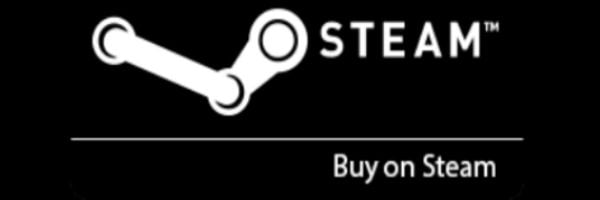Train Simulator: Western Hydraulics Pack
Buy Train Simulator: Western Hydraulics Pack
Click one of the buttons below to purchase Train Simulator: Western Hydraulics Pack. Different vendors often have sales at different times, always check all vendors for the Train Simulator: Western Hydraulics Pack lowest price.
Recount the iconic and distinctive hydraulics in this bumper package for Train Simulator featuring BR Class 35, BR Class 42 and BR Class 52 locomotives as they were in their heyday. This conversion kit for the Riviera Line in the Fifties: Exeter - Kingswear Route Add-On (available as a separate purchase) permits authentic operations on the route to the much-loved transitional diesel era.
Between 1961 and 1964, a total of 101 ‘D7000’ series locomotives were produced for the Western Region of British Railways. The D7000s worked out of Old Oak Common, Cardiff Canton and Bristol Bath Road, and with their 1700hp Bristol-Siddely/Maybach MD870 engines producing a maximum tractive effort of 46,600 lbf, could effectively handle secondary passenger and freight at speeds upwards of 90mph.
Much like most British Railways locomotives, the D7000s started life in BR Green livery, but some were soon seen in BR Blue before the entire fleet was untimely withdrawn from service. Unlike other classes however, the early Green guises were much more elaborate on the D7000s, featuring a Brunswick and light green body, medium grey roof, white window surrounds and on later iterations, yellow warning panels. Although never renumbered, the D7000 fleet was reclassified under TOPS as the BR Class 35, and they were nicknamed the “Hymek”.
Between 1958 and 1964, a total of 38 locomotives were built for express passenger services on BR’s Western Region, numbered in the series of D800 to D832 and from D866 to D870. These were allocated to Old Oak Common, Newton Abbot, Plymouth Laira and Bristol Bath Road, from where they headed trains such as the Cornish Riviera Express and the Bristolian. Unlike the D7000, the locomotives featured two Maybach MD650 engines providing a combined output up to 2270hp, so despite the similar top speed of 90mph, the ‘Warship’ Class 42 (as they would later be known) could haul significantly heavier loads.
Again, these locomotives started life in BR Green, although not as vibrant as the D7000’s variation, however the Western Region soon turned controversial as they adopted maroon as their new standard colour and applied it to the Class 42. By 1966, BR Blue started to appear on the fleet. Whereas the D7000s were not named, each Class 42 was, and all but two were named after Royal Navy vessels, and the fleet was known as the “Warship” diesels. As locomotives were re-liveried post-1968, the ‘D’ prefix was dropped from the number, and despite being reclassified as BR Class 42 under TOPS, this was not reflected in reality.
Between 1961 and 1964, a total of 74 ‘D1000’ series locomotives were constructed to relieve the D800s of the Western Region top-link expresses, for which they were underpowered. When new, the D1000s were allocated to Old Oak Common, Plymouth Laira, Bristol Bath Road, Cardiff Canton and Landore, however as Class 50s, and later the HST took their place, they were all based at Laira. Much like the D800s, the D1000s were fitted with two engines, but the Maybach MD655 was utilised, and a pair of them could produce a staggering 2700hp.
The D1000s were also subject to the likes of BR Maroon and BR Blue, however they were also seen in more unique liveries such as BR Desert Sand a trial in testing for a new standard colour for locomotives of BR. Interestingly, there has been debate over what type of blue was used on some D1000s; early reports stated a ‘chromatic blue’ was used, giving the locos a metallic sheen. Some enthusiasts accept that this is merely an early camera anomaly, and that no such blue was ever implemented. Every D1000 locomotive was named ‘Western…’ and a single word such as ‘Champion’, and so they were known as the “Western” class. Under TOPS, the D1000s became the BR Class 52, but were never renumbered as such before withdrawal.
For Train Simulator, the Western Hydraulic Pack brings the Hymeks, Warships (Class 42 only) and Westerns to life, as they were in operational service. Additionally, multiple liveries are present, and so are nameplates, a lot of nameplates!
Includes:
- BR Class 35 ‘Hymek’
- BR Class 42 ‘Warship’
- BR Class 52 ‘Western’
- Tourist Second, Brake First, Brake Second, First Corridor, Second Corridor, Mini Buffet and Guard Mk1 coaches will be included, resplendent in both BR Maroon and BR Blue liveries.
- 3 scenarios for the Riviera Line in the Fifties: Exeter - Kingswear route, also available on Steam
- Quick Drive compatible
Train Simulator: Western Hydraulics Pack Manual
Western Hydraulics Books
Browse a range of books related to these locomotives. Click on an image to view the product page. Please note that prices are subject to change.
Related Searches
The British Rail Class 35 is a class of mixed traffic B-B diesel locomotive with hydraulic transmission. On ....
Bear's original number, D7101, is an in-joke: the Class 35s was only numbered up to D7100. As Beyer,....
On 15 December 1971, a Cardiff to Portsmouth Harbour train hauled by D7013 collided with Southern Region....
On 13 July 1969, locomotive No. D7048 was involved in an accident at Spetchley, Worcestershire....
The British Rail Class 42 Warship, originally known as the D800 Warship, is a class of diesel-hydraulic ....
Class details ; D830, Majestic, 19 January 1961 ; D831, Monarch, 11 January 1961 ; D832, Onslaught......
The British Rail Class 42 Warship diesel-hydraulic locomotives were introduced in 1958. The Western....
Warship locomotives were divided into two batches: those built at BR's Swindon works were numbered...
D1043, Western Duke, BR Crewe 26.10.62 ; D1044, Western Duchess, BR Crewe 12.11.62 ; D1045, Western....
'Western Champion' was built at Swindon Works and completed in January 1963. It entered service painted...
D1048 was built at Crewe Works in 1962, and was released to traffic on 15 December in maroon with....
Withdrawal of the class began in May 1973 with D1019 Western Challenger and D1032 Western Marksman...



